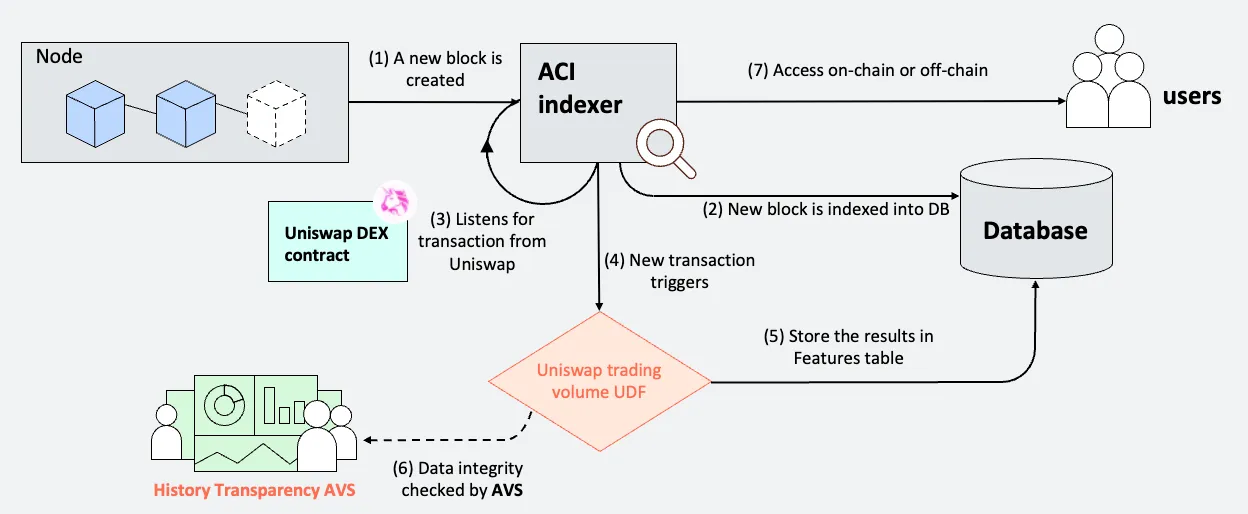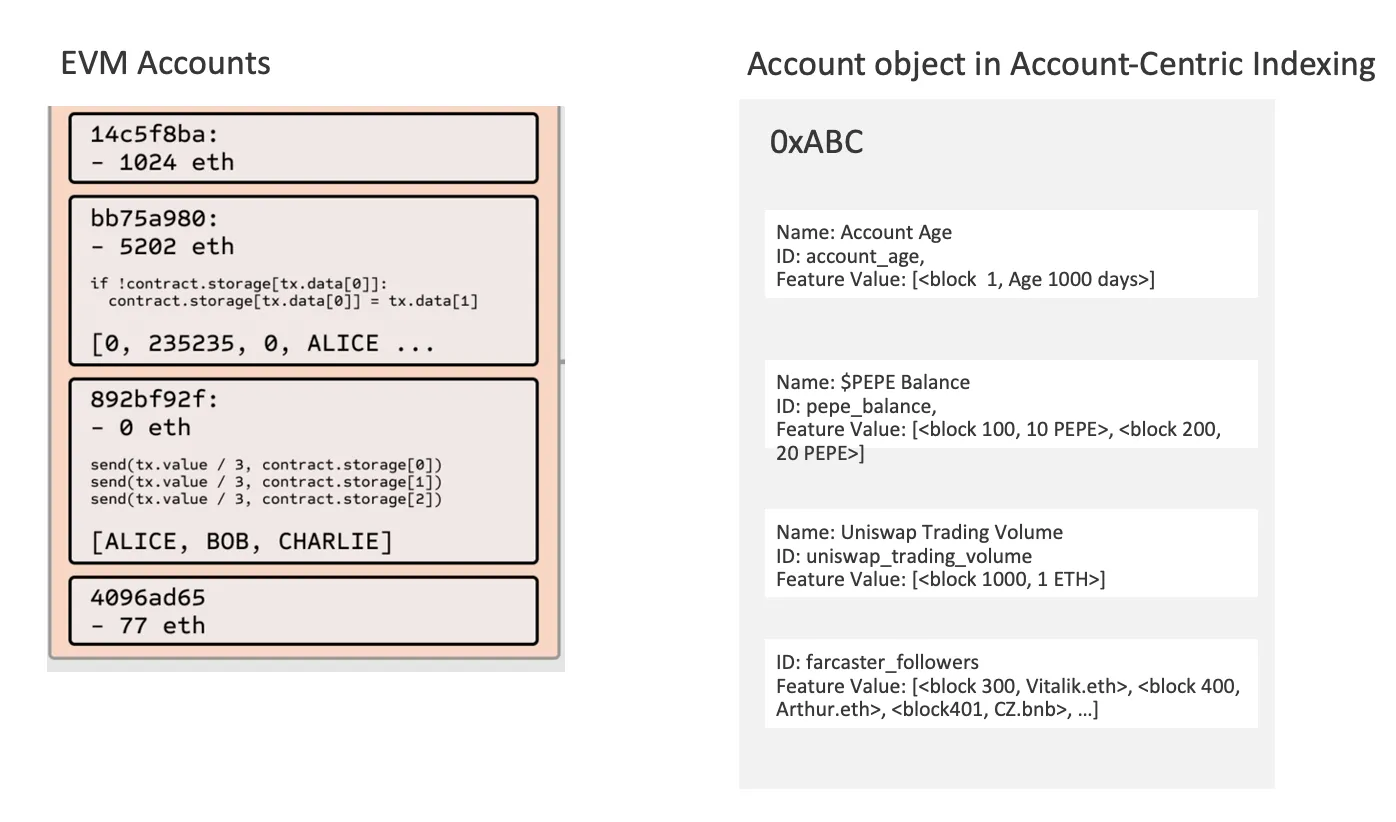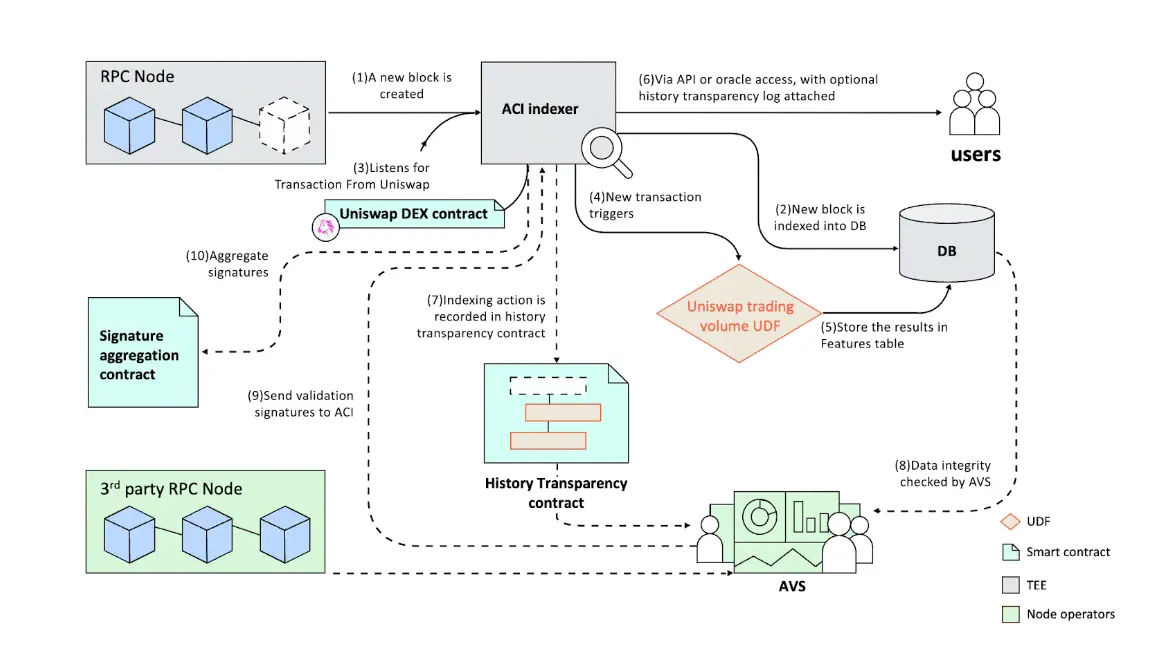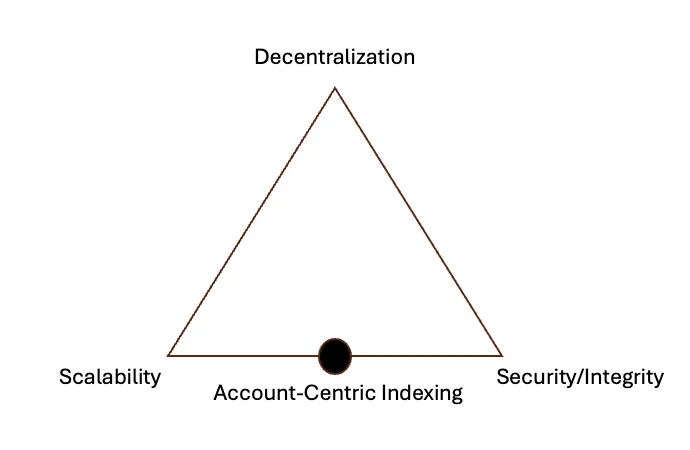Hemera published an article in the Stanford Blockchain Review, proposing an innovative solution to provide core data support for Internet 3.0 and AI-driven applications through the Account-Centric Indexing protocol (Account-Centric Indexing, ACI).
With the rapid growth of artificial intelligence's demand for data, the existing data supply on the internet can no longer meet future innovation needs. The vast majority of data remains locked within traditional platforms, making it difficult to effectively support the development of AI applications. Although blockchain provides developers with the foundational technology to access user data, its design is not suitable for large-scale data operations and cannot meet the needs of AI-driven applications.
To address this, Hemera creates a programmable and verifiable data layer, providing developers with an efficient data access system that promotes decentralization and data sharing on the internet, thereby offering strong data support for Internet 3.0 and AI-driven applications.

Breaking Data Silos: From Traditional Writing to Emerging Reading Paths
Current internet and blockchain applications mainly focus on the writing path of data, which involves storing data on the chain to ensure the permanent record of transaction information. However, in the AI-driven Internet 3.0, merely optimizing the writing path is insufficient to meet the diverse needs of applications. The reading path of data—how to quickly and efficiently access and process on-chain data—has become the new technical focus.
In traditional Web2, data is centrally stored on application servers and databases, with access controlled by a few platforms. This "walled garden" model makes it difficult for AI to fully utilize the data resources of the internet. In the decentralized Web3 environment, blockchain provides a public and transparent storage platform where users can write data to the chain by paying Gas fees, and everyone can read this data. However, while this decentralized architecture enhances data transparency, it faces challenges in data reading and processing efficiency.
As more Dapps are deployed on-chain, the issue of data fragmentation becomes increasingly prominent—different Dapps store data on different chains and lack consistent standards, making it difficult for developers to obtain and integrate data. The ACI protocol launched by Hemera addresses this issue with an innovative reading path solution, providing a programmable and verifiable efficient data layer for decentralized applications and AI. This protocol achieves rapid access and processing of data through off-chain computation and multi-layer indexing, transforming scattered on-chain information into structured data usable by AI. This innovative reading path not only enhances data processing efficiency but also breaks the traditional internet's data silo model, opening up new perspectives for data-driven applications.
Core Innovations of the Account-Centric Indexing Protocol (ACI)
Hemera's ACI protocol effectively addresses the complex data reading and verification needs of decentralized applications through two key innovations: User-Defined Functions (UDF) and History Transparency Verification (History Transparency AVS), providing strong technical support for Web3 and AI applications.

User-Defined Functions: Enhanced Programmability
User-Defined Functions (UDF) are a functional interface within the ACI protocol that grants developers powerful flexibility in data processing. Through UDF, developers can customize data transformation logic according to their needs, converting on-chain transaction data into specific "feature values" or structured data. The introduction of UDF allows developers to easily implement complex data processing without needing to deeply understand the underlying smart contract logic.

UDF can automate the processing of on-chain data, generating structured feature values suitable for AI applications, providing real-time and efficient data support for Dapps. Additionally, Hemera has built an open UDF library, maintained by the Hemera team and contributed to by community developers. This design ensures that UDFs are highly modular and portable, facilitating testing and verification while providing developers with programmability and flexibility.
History Transparency Verification: Cryptographic Assurance of Data Integrity
In a decentralized application environment, ensuring the accuracy and integrity of data is crucial. History Transparency Verification is designed to address this issue. The Actively Validated Service (AVS) system records every data update on the blockchain through an "append-only log," including block indexes and UDF computations, ensuring the transparency and credibility of off-chain data.
This verification system not only enhances the credibility of data but also allows community members to challenge the integrity of the data. If any inconsistencies are found, they can submit a verification request, further ensuring the accuracy and security of the data. The AVS system secures the network through a cryptoeconomic model, bringing high transparency and verifiability to the reading path of the ACI protocol, meeting the high standards of data integrity required by decentralized applications.

Advantages of the ACI Protocol: Scalability, Programmability, and Security
Hemera's ACI protocol prioritizes scalability, programmability, and security, addressing the challenge of balancing decentralization and high performance in traditional blockchains:
- Decentralization: Any participant can join the protocol for data indexing or computation with ordinary computing resources (such as a laptop or desktop), supporting the decentralization of the network.
- Scalability and Programmability: The ACI protocol can achieve high throughput, low latency, and strong computational performance when reading on-chain data. Its reading path can process each transaction from different blockchains with sub-second latency, calculating thousands of feature values to meet the needs of internet-level applications.
- Data Integrity and Security: The ACI protocol employs a "1 out of n" security model, ensuring that only one good participant is needed to secure the system while supporting 100% accuracy verification of data, avoiding inconsistencies found in traditional decentralized networks.

Application Scenarios: Decentralized Identity and Reputation Systems and Personalized Recommendation Algorithms
Hemera's ACI protocol not only optimizes the data reading path but also expands the diverse application scenarios of Web3.
One important application is a decentralized identity and reputation system. By real-time indexing and aggregating user data across chains, Hemera can build a trusted on-chain identity layer, providing developers and the community with a neutral identity and reputation scoring system, particularly effective against common Sybil attacks in Web3, where the ACI protocol can significantly enhance security.
Additionally, Hemera's protocol supports decentralized applications of personalized recommendation algorithms. With the popularity of Web3 in areas such as NFTs, GameFi, and SocialFi, more and more users prefer their data to be recorded on-chain. By transforming raw on-chain transactions into semantic data, developers can design personalized recommendation systems based on these preference data, allowing users to choose their own recommendation methods and promoting the autonomous development of Web3 applications.
Promoting Large-Scale Applications of Internet 3.0
The Account-Centric Indexing protocol (ACI) proposed by Hemera sets a new standard for the reading path of on-chain data. The ACI protocol not only significantly enhances data reading efficiency but also provides a stable and verifiable data infrastructure for Web3 and AI applications, enabling developers to easily access, process, and verify on-chain data, thus promoting the large-scale adoption of blockchain technology across various applications.
Through the ACI protocol, Hemera is building core data support for decentralized applications and AI-driven Internet 3.0, helping to achieve true user data ownership and network autonomy. This vision lays a solid foundation for the future decentralized internet, driving broader innovation and application.
免责声明:本文章仅代表作者个人观点,不代表本平台的立场和观点。本文章仅供信息分享,不构成对任何人的任何投资建议。用户与作者之间的任何争议,与本平台无关。如网页中刊载的文章或图片涉及侵权,请提供相关的权利证明和身份证明发送邮件到support@aicoin.com,本平台相关工作人员将会进行核查。




